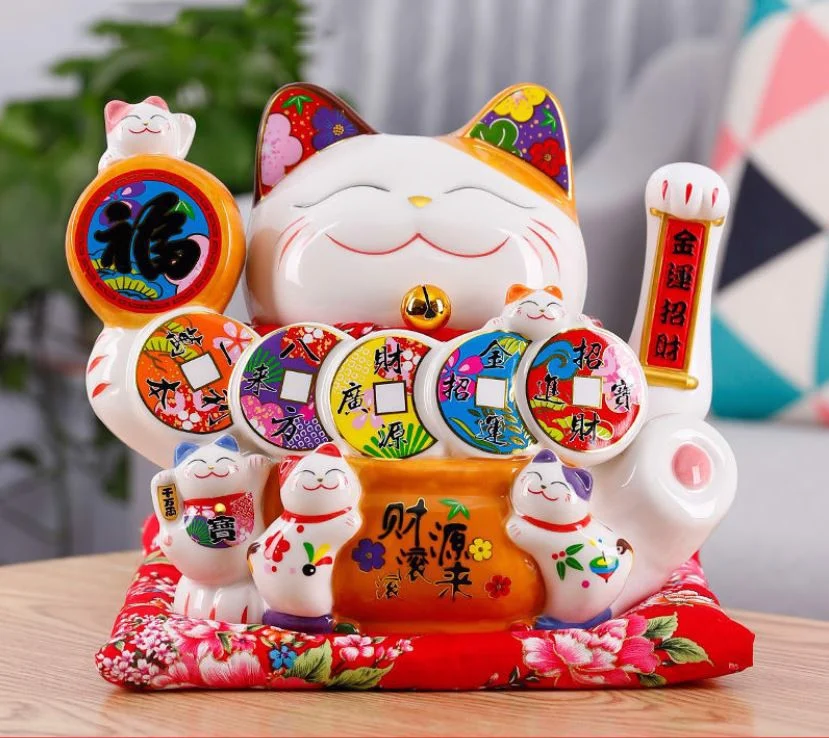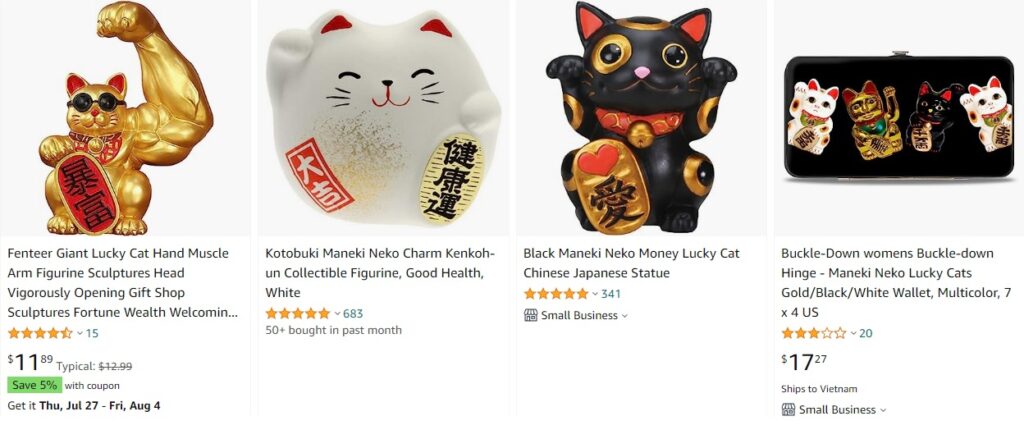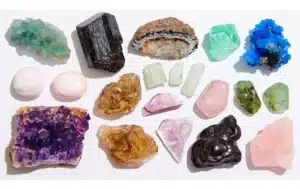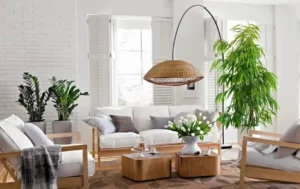As an emblematic figure that elegantly straddles the realms of folklore, religion, and popular culture, the Lucky Cat is a significant symbol in Japanese tradition. With its paw raised in a beckoning gesture, this ceramic or plastic figurine has become an international symbol for luck, prosperity and protection.
The origins of the Lucky Cat
The Maneki-neko, colloquially known as the “Lucky Cat” in the English, originates from Japan and holds a significant place in Japanese folklore and tradition. This iconic figurine portrays a cat, most often with one paw raised in a beckoning gesture. Its rich history and cultural importance make it a unique symbol of good luck, prosperity, and protection.
The earliest records of the Maneki-neko appear in the Edo period (1603-1868), although the specific details surrounding its inception remain shrouded in ambiguity. There are several popular folktales associated with its origin, each infusing the figurine with profound symbolism and mystique.
One tale tells of a poverty-stricken temple in Tokyo, where a monk lived with his cat, Tama. Despite the hardship, the monk shared his meager meals with Tama. One day, a wealthy feudal lord took shelter under a nearby tree, escaping a rainstorm. He noticed Tama beckoning him from the temple gate, so he left his shelter to approach the cat. Suddenly, the tree was struck by lightning, thereby saving the lord’s life. In gratitude, he became the temple’s benefactor, bringing prosperity and wealth. When Tama passed away, the monk honored it by creating a statue, thus birthing the Maneki-neko.
The Maneki-neko has seen increased popularity and recognition outside Japan in recent years, adopted by businesses worldwide as a talisman for good luck and prosperity. Despite its international fame, the figurine remains steeped in its cultural heritage, embodying centuries-old Japanese folklore and belief systems.
Meaning of the Lucky Cat in Feng Shui
The Lucky Cat plays a significant role not only in traditional Japanese folklore but also in the practice of Feng Shui, a Chinese philosophical system of harmonizing the human existence with the surrounding environment. Its importance in Feng Shui stems from its symbolic representation of prosperity, fortune, and protection, qualities that align with the core principles of Feng Shui aimed at creating balance and positive energy.
Feng Shui, originating from ancient China, uses spatial arrangement and orientation to manipulate the flow of energy. The Maneki-neko, given its symbolic associations, is often used as a talisman in this practice to stimulate the favorable flow of chi and ward off negative energies. The use of the Lucky Cat in Feng Shui settings demonstrates the fascinating cultural convergence between Japanese and Chinese philosophical systems.
The specific positioning of the raised paw also holds significance in Feng Shui. A Lucky Cat with its right paw raised is believed to invite wealth and prosperity, aligning with the Feng Shui principle of attracting positive chi. A Lucky Cat with its left paw raised is thought to attract customers, making it particularly favored in businesses. In some instances, a Lucky Cat with both paws raised is used as a symbol of protection.
The colors of the Maneki-neko carry meaning in Feng Shui as well. For instance, the traditional calico cat is associated with luck and prosperity in general. A white cat is believed to purify and transmit positive energy, a black one is thought to ward off evil spirits, and a gold cat is associated specifically with wealth and prosperity.
The different colors of Lucky Cats
Integral to the power and the symbolism of the Lucky Cat are the colors the figurines are presented in. Each color carries a unique significance, correlating with specific life aspects in accordance with the principles of Feng Shui.
Calico: Traditionally, the most common and considered the luckiest color for a Maneki-neko is calico — a blend of white, orange, and black. Representing a trifecta of positive energies, a calico Lucky Cat is believed to bring about general good fortune and prosperity, touching all spheres of life.
White: White, the color of purity and positive potential in Feng Shui, is associated with creativity and new beginnings. A white Lucky Cat can help purify your intentions, clearing the way for new opportunities.
Black: A black Lucky Cat is a powerful protector against evil spirits and negative energies. In the Feng Shui tradition, black is considered to absorb negativity, thereby safeguarding your home or business from ill-intentions and bad luck.
Gold: Gold is synonymous with wealth and prosperity. A gold-colored Lucky Cat is a potent symbol to attract monetary wealth and financial stability, aligning with the Feng Shui principle of abundance.
Red: Red, a color deeply connected to transformation, celebration, and luck in Chinese culture, is linked to love and relationships in Feng Shui. A red Lucky Cat can stimulate love and marriage luck, creating harmony and happiness in your relationships.
Green: In Feng Shui, green is tied to health, harmony, and growth. A green Lucky Cat is believed to promote good health, balance, and steady advancement in one’s life.
Blue: Blue represents wisdom, calm, and academic success in Feng Shui. A blue Lucky Cat is thought to assist in academic achievements, making it ideal for students and scholars.
Pink: Pink, another color linked with love and romance in Feng Shui, can enhance relationship luck. A pink Lucky Cat can strengthen bonds and improve harmony in relationships.
How to use Lucky Cat to attract luck and wealth
The Maneki-neko is a well-regarded symbol in Feng Shui, celebrated for its ability to attract luck, prosperity and protection. Implementing the Lucky Cat in your home or business, when done in accordance with Feng Shui principles, can usher in an influx of positive energy and create an environment conducive to success and wealth.
To effectively use the Lucky Cat to attract luck and wealth, it’s essential to consider the following factors:
1. Positioning: In Feng Shui, the correct placement of a Feng Shui cure is vital to harness its potential fully. The Lucky Cat is often placed in the wealth or money area to promote financial success. According to the Bagua map — a tool used in Feng Shui to analyze the energy of a given space — the wealth area is typically the southeast corner of your home or business. However, for businesses, it’s also common to place the Lucky Cat near the entrance or the cash register to attract customers and prosperity.
2. Color selection: The color of your Lucky Cat plays a significant role in the type of luck it brings. If attracting wealth is your primary intention, consider choosing a gold-colored Lucky Cat, as gold is associated with abundance and prosperity in Feng Shui.
3. Paw position: The position of the Lucky Cat’s raised paw is another essential factor. Typically, a cat with its right paw raised is considered to invite wealth and good fortune. Some practitioners also advocate for a cat with both paws raised for protection and to attract money from all directions.
4. Upkeep and respect: Just like any other Feng Shui cure, the Lucky Cat must be treated with respect and kept clean to maintain its potency. An untidy or disregarded Lucky Cat might not effectively channel the positive energy you’re seeking.
5. Intention setting: When placing your Lucky Cat, it’s important to set a clear intention for the luck and wealth you want to attract. Visualization and positive affirmation are powerful tools in Feng Shui. Visualize the wealth you wish to attract and affirm this intention when you position your Lucky Cat.
Where to buy the Lucky Cat?
If you’re seeking to bring the energy and prosperity of the Lucky Cat into your home, knowing where to source a quality figurine is essential.
- Online marketplaces: Websites like Amazon and eBay host a variety of sellers who offer a vast selection of Lucky Cats. You can find a diverse range of styles, colors, and sizes, catering to different tastes and budget considerations.
- Asian specialty stores: Asian-themed or specialty stores are likely to carry Lucky Cats. In these stores, you’ll find a more curated selection, and the store personnel might provide insights about the various options available.
- Feng Shui stores: Given the Lucky Cat’s significance in Feng Shui, stores that specialize in Feng Shui items often carry them. The staff in these stores are usually well-versed in Feng Shui principles and can provide guidance on the best choice for your specific needs.
- Cultural events or festivals: Cultural events, fairs, or festivals celebrating Asian heritage frequently have stalls selling cultural items like the Lucky Cat.
- Museums and art galleries: Museums or art galleries that have exhibitions related to Asian culture or Feng Shui may have a gift shop where you can purchase a Lucky Cat. These cats might be more artistic or unique compared to the ones found in regular stores.
- Online specialty retailers: There are many online retailers specializing in Asian goods or Feng Shui items. Websites such as Feng Shui Import or Oriental Furniture offer a wide range of Lucky Cats.
When purchasing a Lucky Cat, you have to consider its quality and the reputation of the seller. Always read reviews and check the product description to ensure that you’re purchasing a high-quality product that meets your expectations. Happy shopping, and may your Lucky Cat bring prosperity and good fortune into your life!










